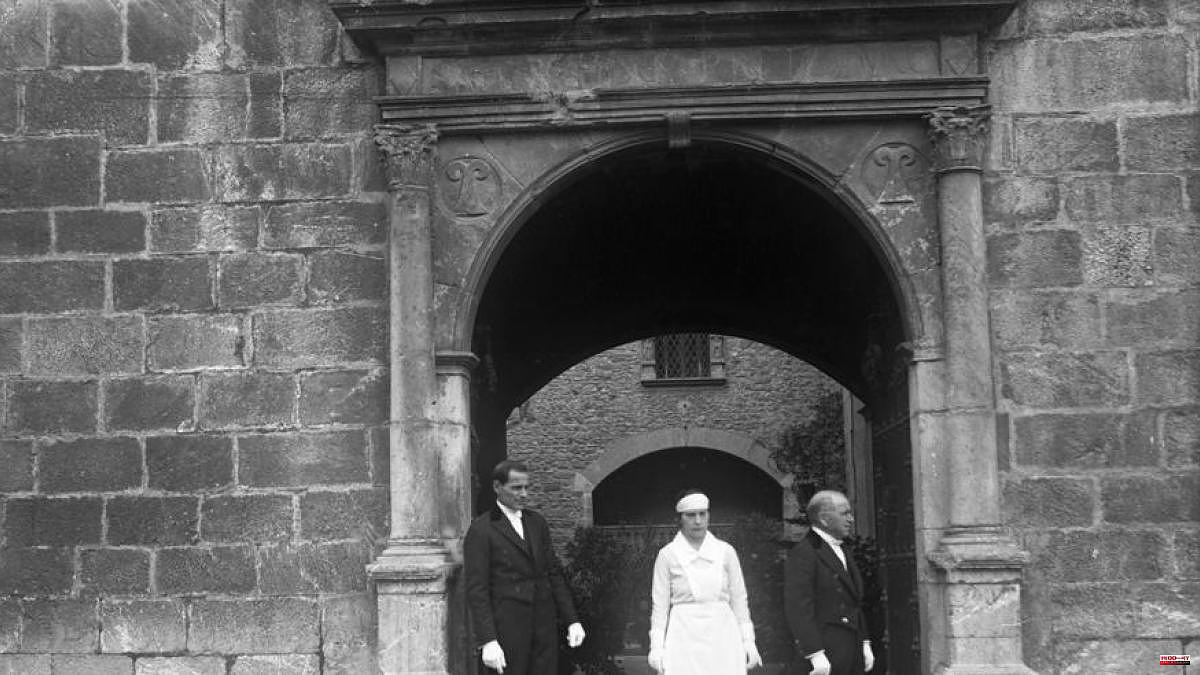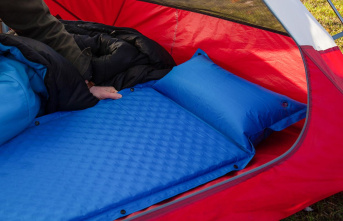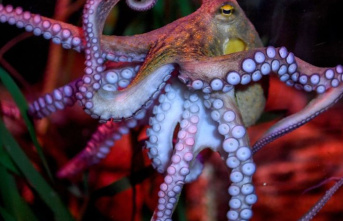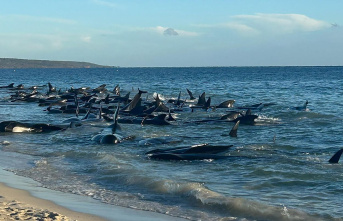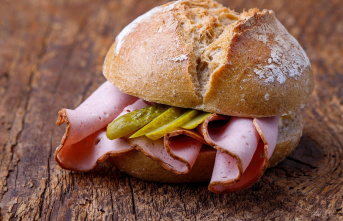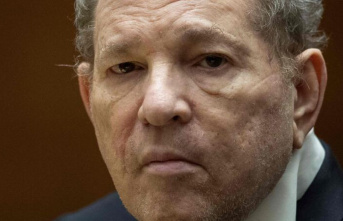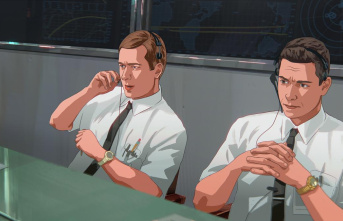The original of the main photograph that accompanies this article bears this handwritten reference on the back: “Esperant els senyorets”. Those who appear in it are Josep Costa Serra, Agustina Gibert Duran and Pere Costa Cros, three people from the Peralada castle's domestic service. The image is from 1932 and they are supposed to have been waiting for the arrival of Miguel Mateu –owner of the Hispano Suiza factory, which grew rich during the First World War manufacturing aircraft engines– and his wife, Julia Quintana.
This photograph also serves as the cover of the book Una nisssaga de majordoms del Castell de Peralada. The photographic view of Josep Costa Serra that has just been published by Marc Faro Costa, grandson of the last mayordomo, the journalist Anna Teixidor Colomer and Josep Teixidor Planas. The book reviews the trajectory of the three members of the Costa family who for a century have been at the service of the Palaci, as they themselves called this summer residence through which high-ranking leaders such as King Alfonso XIII, Franco or Carrero Blanco passed.
Pere Costa Cros (1864-1949) entered the service of Antoni de Rocabertí, Count of Zavellà, and his brother Tomás, Count of Peralada, at just over 19 years of age, who moved their residence from Palma de Mallorca to Peralada Castle. The Rocabertí brothers restored the castle and created a music school in it. Some details have now become known thanks to a brief diary by Pere Costa (Little account of the pace of service that I have carried out in the Palace), who moved to live with his family in the castle.
In 1923 the castle and its extensive gardens were bought by Miguel Mateu and Pere Costa remained as butler, also giving entrance to his son Josep Costa Serra (1895-1976) and his daughter-in-law Pilar Johera, who acted as housekeeper and coordinated the three maids who resided in the Castle when the gentlemen spent the night.
Josep Costa "assumed the position of butler in a very broad sense due to its many facets," the authors of the book point out. He was also a weather observer, musician, electrician, beekeeper and tour guide. Josep Pla highlighted not only his loyalty but his skills as a cicerone. “He knew many things – he wrote in Notes de Capvesprol –, and if he didn't know them he invented them. To the rants, he inevitably used to put a funny point and sometimes slightly erotic, especially if there were ladies who listened to him ”.
But Josep Costa's work stands out for two other facets: his fondness for photography – he took 4,000 snapshots of life in the castle and of Peralada and its people, of which the book contains a selection – and his relevant role in the preservation of the works of the Prado that in 1938 were transferred to Peralada to avoid their destruction in some bombardment.
The Mateu family left Catalonia at the beginning of the civil war while the Costa family stayed to guard the castle. They refused to hand over the keys to the Peralada committee and got the Generalitat to put soldiers to control the entrance.
In April 1938, the Peralada castle was seized and made available to the Spanish Artistic Treasure Protection Board. Its president, Timoteo Pérez Rubio, husband of the writer Rosa Chacel, decided to transfer the most important works of art to Peralada, to the castle of Sant Ferran in Figueres and to the Canta mine in La Vajol. Works from the Prado, El Escorial, the Academy of San Fernando and the Palace of Líria arrive in Peralada. And with them are installed, among others, José Maria Giner Pantoja, member of the Central Board, the curator of the Prado Manuel de Arpe and the forager Tomás Pérez. On the journey of the artistic treasure from Valencia, a truck carrying the paintings Dos de mayo en la Moncloa and Tres de mayo, by Goya, collided with a balcony and the oil paintings suffered tears. They were restored in the castle and Pere Costa gave them a piece of linen shirt handmade by his wife to remove a hole.
The paintings spent nine months in Peralada. The President of the Republic, Manuel Azaña, was there for nine days. “Every time they bombed nearby, I got desperate. I feared that my destiny had brought me to see the museum set on fire ”he wrote. Finally, it was decided to transfer the works to Geneva and the Costas did their best to have the Mateu collections also evacuated.
The end of the war was chaotic and the castle was occupied in the retreat by Colonel Juan Modesto's brigade. The news of the bombings on Figueres and the appointment of Mateu as mayor of Barcelona raised the tension. Modest shooting of the altarpiece of San Miguel Arcángel that presided over one of the rooms and his men caused a fire.
The grandson, Pere Costa Johera, took over in 1956 and was the last mayordomo. He lived in palaci until the late 1970s, when the space occupied by his family was used for the future Casino. "Everything was immovable for three generations," says Pere Costa, who is about to turn one hundred years old and has still been able to explain the anecdotes of a lifetime.
4

